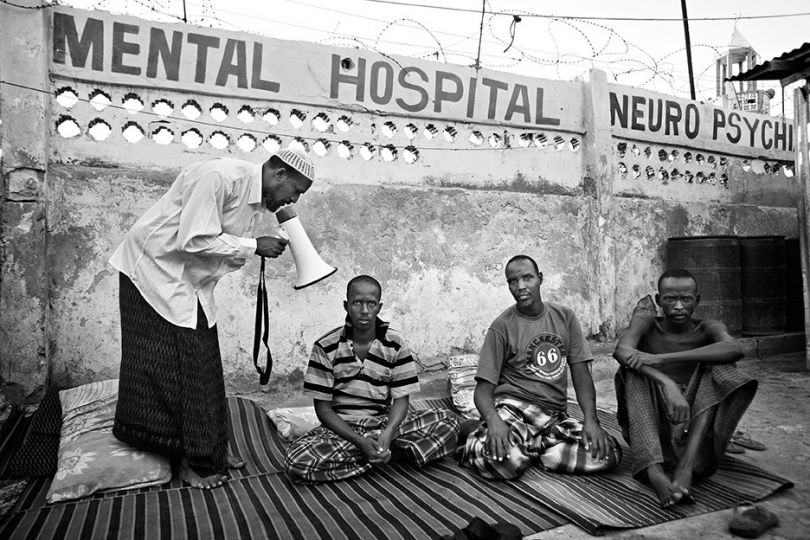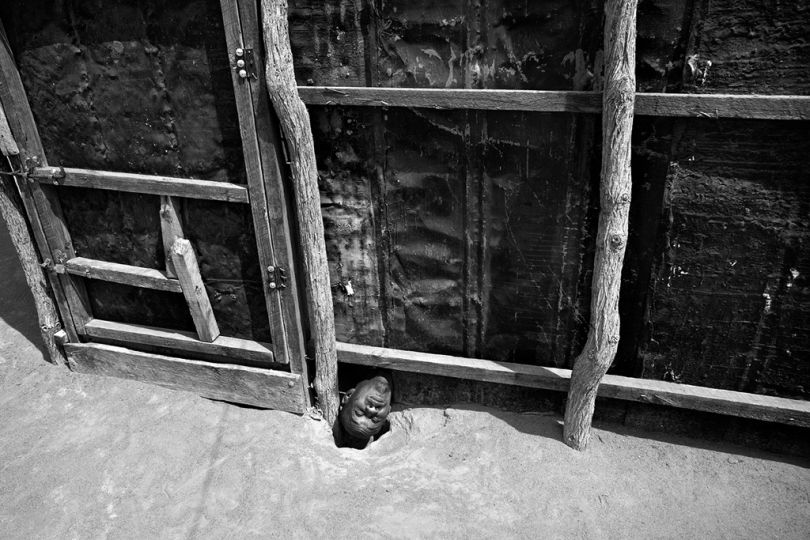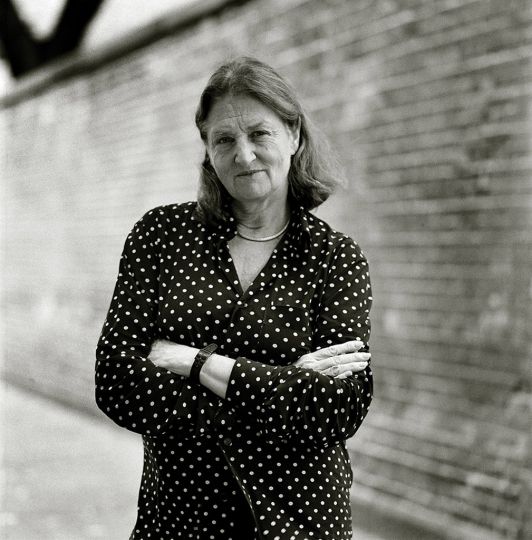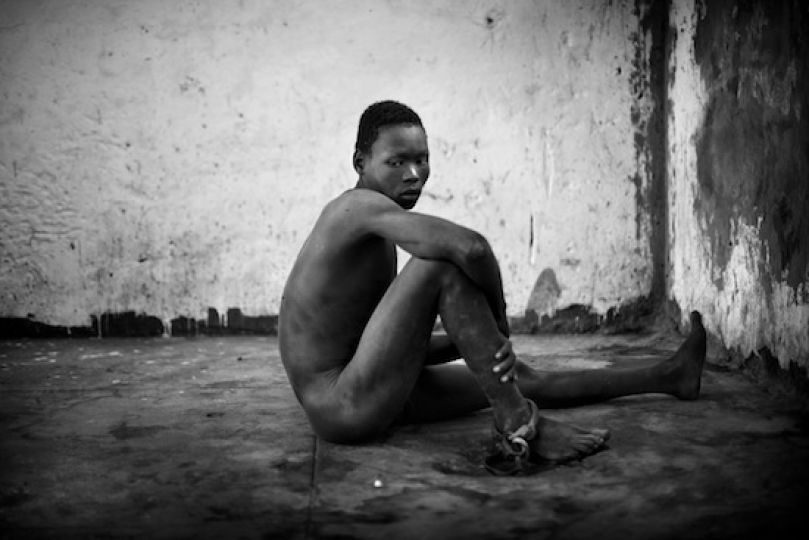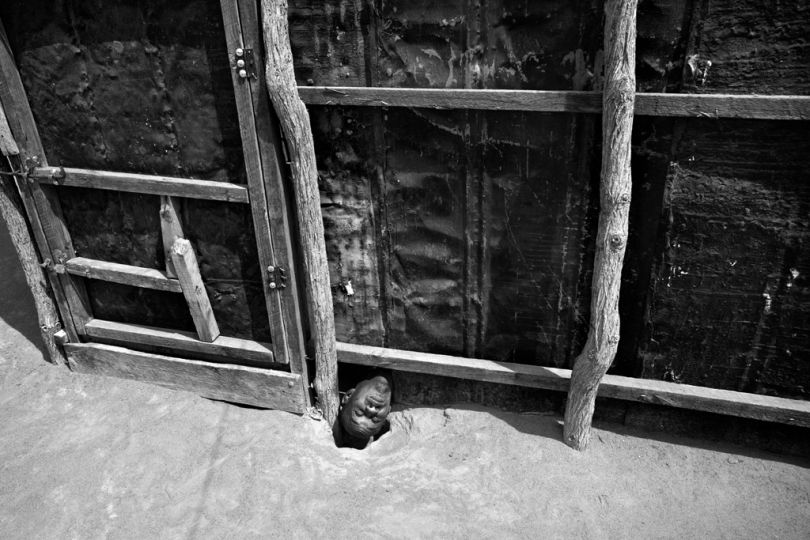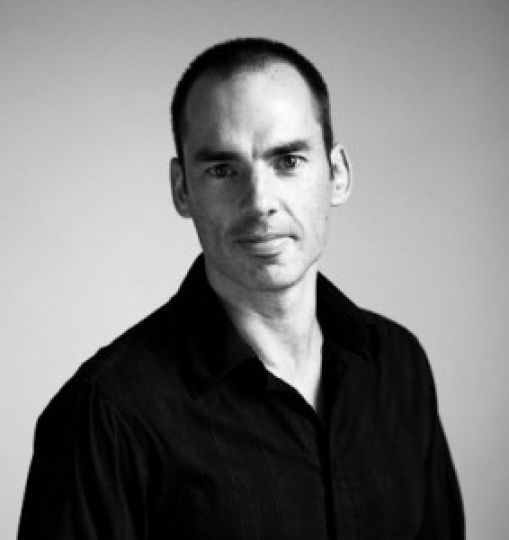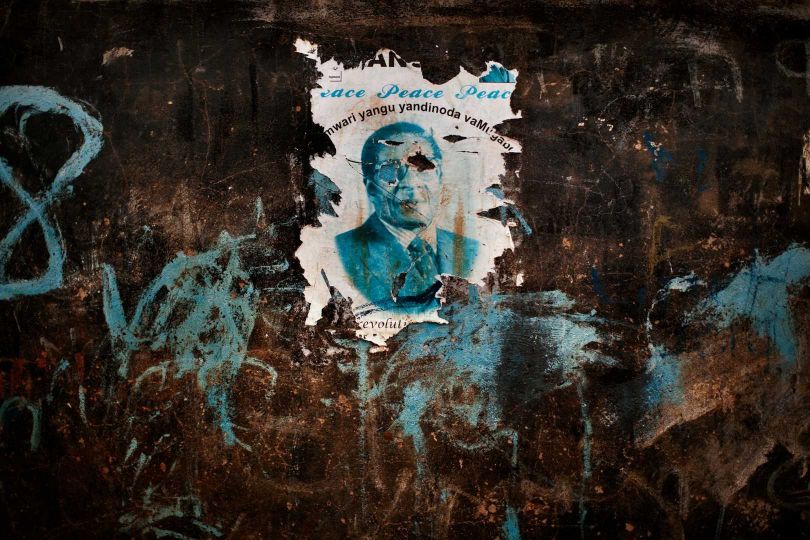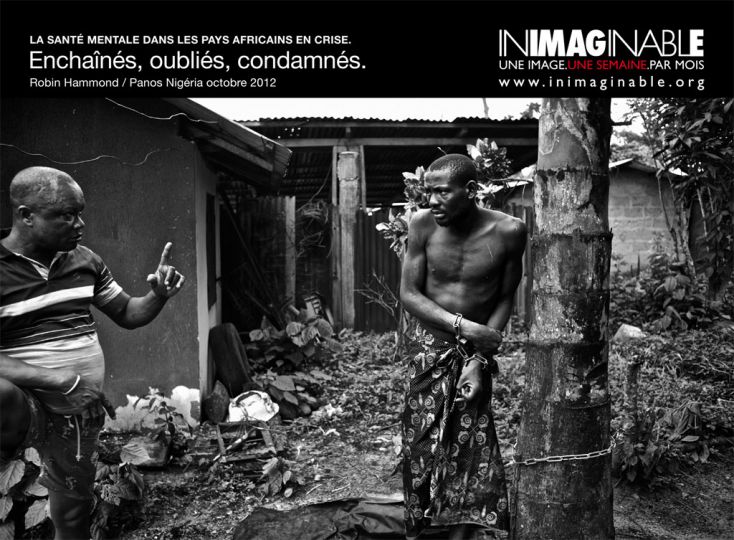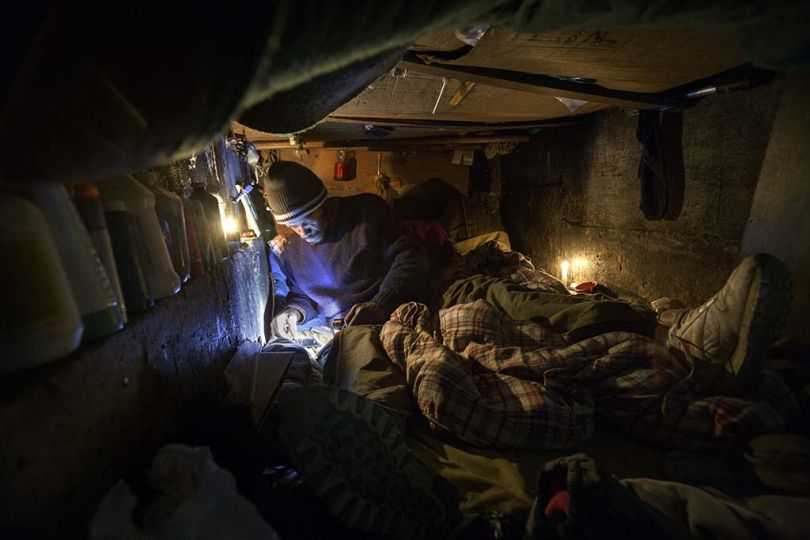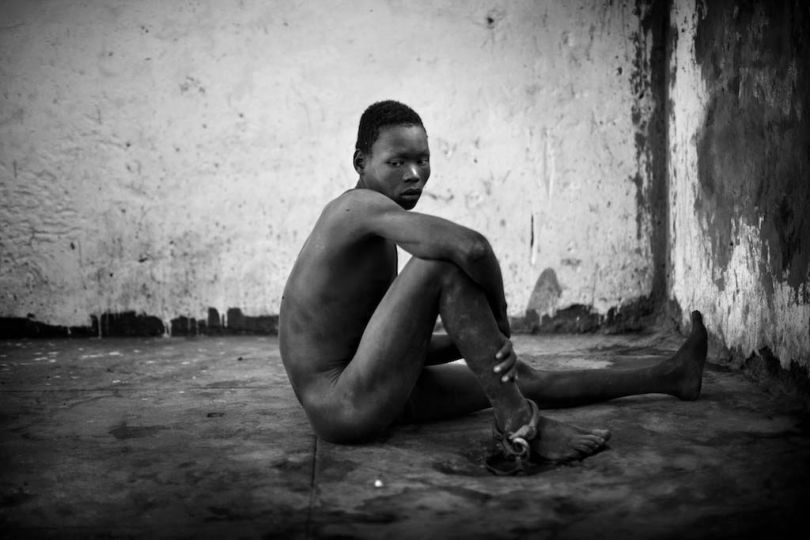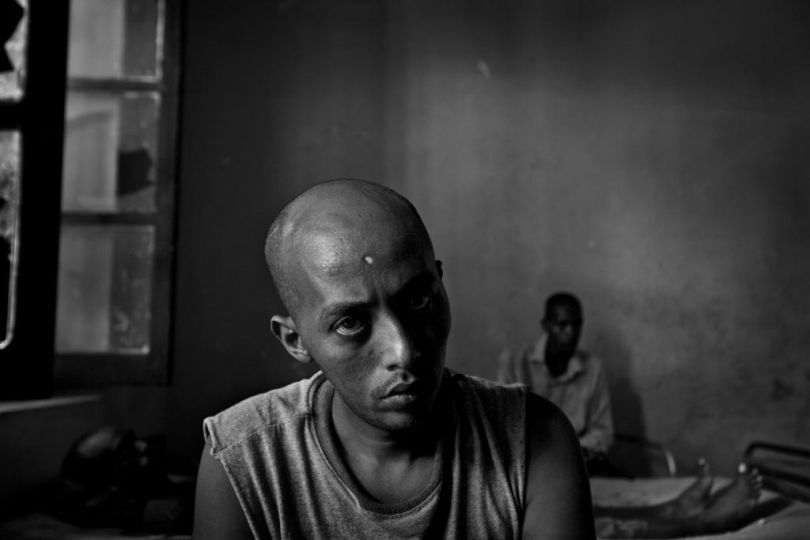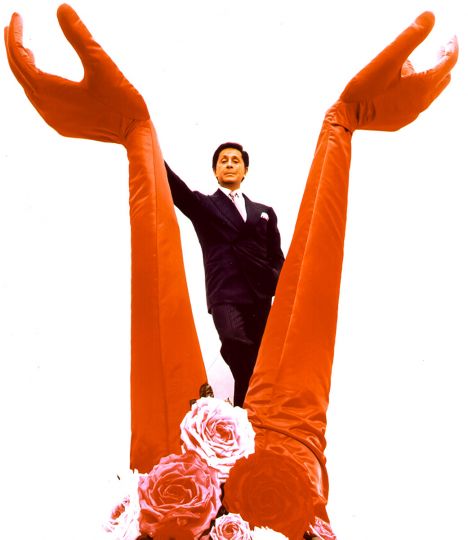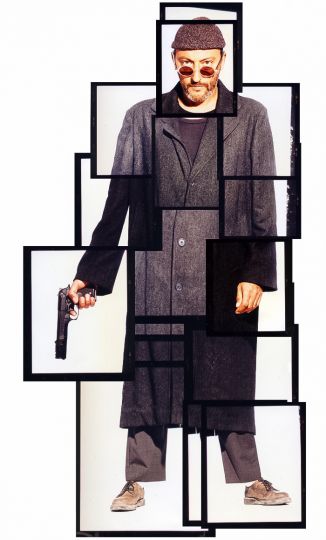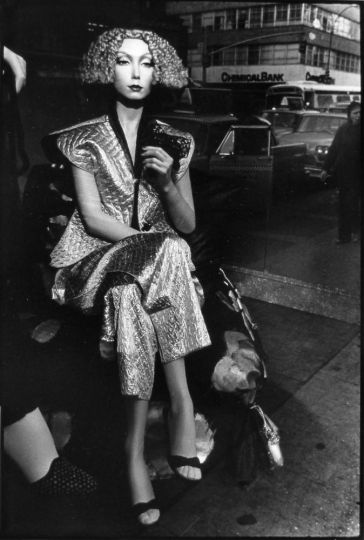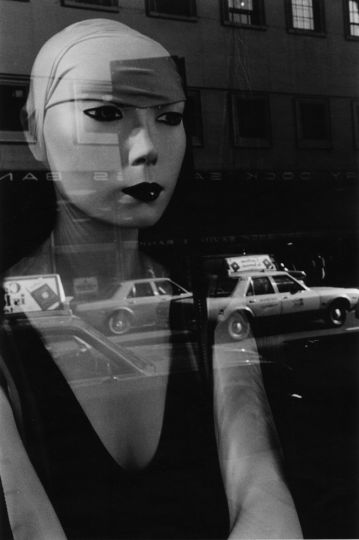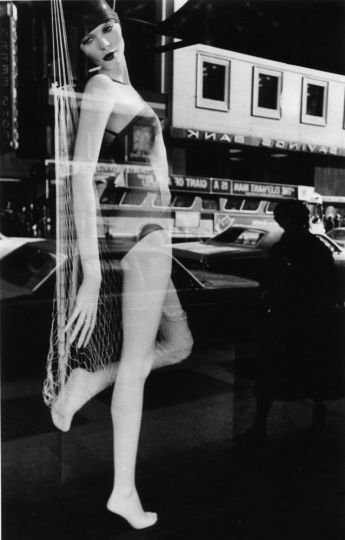One of the tenets of photojournalism is to give voice to those who are unable to speak for themselves, but what does this mean for our digital world where the photograph has never been more potent or more accessible? Are photojournalists still needed to tell stories when everyone supposedly has a camera-enabled smart phone and can tell their own stories?
The truth is that more than 2 billion people are still disadvantaged when it comes to digital communications and many of these people are those whose stories need to be told. The notion that everyone has a smart phone is a privileged thought and the digital divide that exists across the globe is widening despite advances in technology.
The ‘digital divide’ is a term used to define the gap between the underprivileged and the wealthy and urban middle class in countries like the US. It is also used to define under-developed and under-resourced nations on continents such as Africa and Asia.
Regardless of geography, the digital divide impacts those who live on the margins of society along with the elderly, rural and indigenous communities, the illiterate and the handicapped. There are billions who don’t have access to mobile networks and many have stories to tell, but no means of telling them.
So when someone says, “why do we need photojournalists when everyone’s got a smart phone?’ the answer is obvious: the most vulnerable are even more invisible today than in the past and photojournalists are perhaps needed more than ever to bring some equity to the visual narratives of our times.
The opportunity that the Internet has afforded photojournalists to reach new networks and to create followings has given photojournalism a great leg up in terms of visibility for their work. And while “visibility (alone) doesn’t pay the rent,” as Magnum Photos’ Susan Meiselas said, if the ultimate goal is getting the story out to a broader audience, then photojournalism has more eyes on it now than ever before.
There are also more images circulating now. With so many images the risk of image fatigue runs high and photojournalists are working to find new ways to tell stories that will cut through the visual clutter and raise awareness of important social issues. And they are also taking on greater roles and responsibilities as they move beyond the confines of the traditional media outlets to take their stories further afield.
Witness Change
There is a long history of journalists as activists and digital technology has furthered the reach enabling journalists to collaborate with others to create online communities where likeminded people can come together to advocate change.
But few formalize their approach in the way that award-winning photojournalist and human rights activist Robin Hammond has. Robin is the director of Witness Change an organisation that “produces highly visual storytelling that opens minds and changes policies on seldom-addressed human rights abuses”.
Witness Change was officially launched in June 2015, but Robin has been working on long-term projects that address human rights abuses for more than a decade. In talking about his motivation for starting Witness Change, Robin says, “For years I’ve documented human rights abuses around the world. I hoped my work would improve the lives of people I photographed. Sadly, for most, life remained largely the same. Something was missing. I realized that if making a difference is my goal, to witness and hope is not enough; change must be at the center of what I do. Witness Change was formed by a group of people who refuse to believe things must remain as they are. It was born out of the belief that people care, stories are powerful, and change is possible”.
In 2014 Robin started his latest project called Where Love is Illegal, which is designed to draw attention to the human rights abuses of LGBTI communities in countries such as Nigeria, Uganda, South Africa, Malaysia, Russia and Lebanon.
Working with grassroots LGBTI groups, Robin has created a series of portraits, which are accompanied by the personal stories of those pictured. Many of the stories are harrowing accounts of physical and emotional abuse, of terror and torture. But they are also stories of people who are standing strong and true to themselves and those they love. Individuals are invited to post their stories on the Witness Change website also to further the conversation.
While the project was initially created to raise awareness through storytelling in pictures and words it has evolved to be much more. The team behind Where Love is Illegal now works to provide financial support to those grassroots LGBTI groups who collaborated in the making of the project.
Condemned is another of Robin’s projects, which is now also under the Witness Change banner. Condemned addresses human rights issues attached to the stigma associated with mental illness in African countries in crisis. This work, which is a book and exhibition, was shot over several years and spans nine sub-Saharan African countries. It has been shown and published around the world and Robin has won numerous awards and accolades. He has also spoken at various conferences and consulted with human rights organizations.
And there have been tangible outcomes. As a direct result of viewing Robin’s work a South Sudan non-governmental organisation started a mental health program; and an advocacy program has been established where books have been sent to influential people such as Bill and Melinda Gates, Hilary Clinton, Bono and Bob Geldof with the hope that drawing attention to these human rights abuses will help to turn the tide.
Robin’s story is quite unique, but it is also indicative of what photojournalists in the digital age are capable of now that they are no longer restricted to the world of corporatized media. And it is reflective of Robin’s belief that change is possible, which continues to fuel his commitment and passion.
Witness Change may be just one example of why we need photojournalists, but it’s a pretty extraordinary one.
Links:
Witness Change
https://witnesschange.org
Where Love is Illegal
http://whereloveisillegal.com/about/our-story/
Photojournalism Now
http://photojournalismnow.blogspot.com.au
If you would like to contribute to this series on photojournalism by suggesting topics or sharing work, please email me at [email protected]

